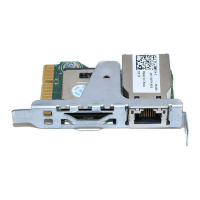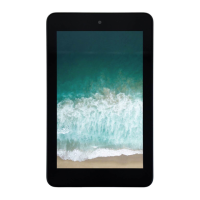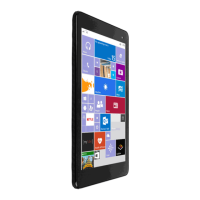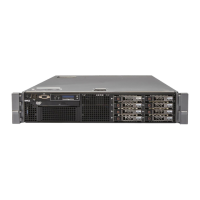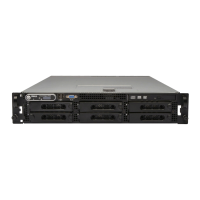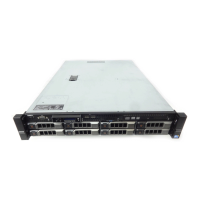Dell Converged Enhanced Ethernet Command Reference 3
53-1002115-01
L2 ACL commands
1
L2 ACL commands
Use Layer 2 Media Access Control (MAC) list commands to do the following:
• Identify traffic based on the MAC-addresses, such as VLAN IDs and different encapsulations.
• Configure multiple access-lists or rules and store them in a configuration.
• After you apply the access list either to an interface, a Virtual TeletYpe (VTY), or through a
command using the access-list keyword, it becomes effective.
Following are the two types of access list commands:
• Standard Access Control Lists
Standard Access Control Lists filter the traffic on a source address and block traffic close to a
destination. There are exceptions when the address in a standard access list is not a source
address. When using a Telnet session, for outbound VTY access lists, the address in the
access list entry is used as a destination address instead of a source address.
• Extended Access Control Lists
Extended Access Lists block traffic based on any given packet attribute. Use Extended access
control lists to test source and destination addresses and other IP packet data, such as
protocols, TCP or UDP port numbers, type of service and to provide Reflective access-lists and
Time-based access-lists.capabilities.
Internal and external 10 Gbps Ethernet interfaces syntax
Fabric OS uses two separate interface operands to refer to internal and external 10Gbps Ethernet
ports; intengigabitethernet and extengigabitethernet.
Internal interfaces are assigned to ports 1 through 14. External interfaces are assigned to ports 15
through 22. The usual format for the 10 Gbps Ethernet operand is either intengigabitethernet
slot/port or extengigabitethernet slot/port.
However, the interface port operands are usually interchangeable, so to simplify the syntax portion
of these commands, they have been condensed to {in | ex}tengigabitethernet. This syntax means
that the word tengigabitethernet must be preceded by either in or ex, with no spaces.

